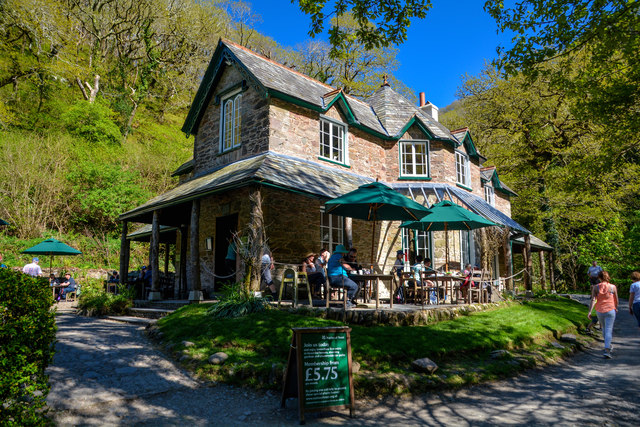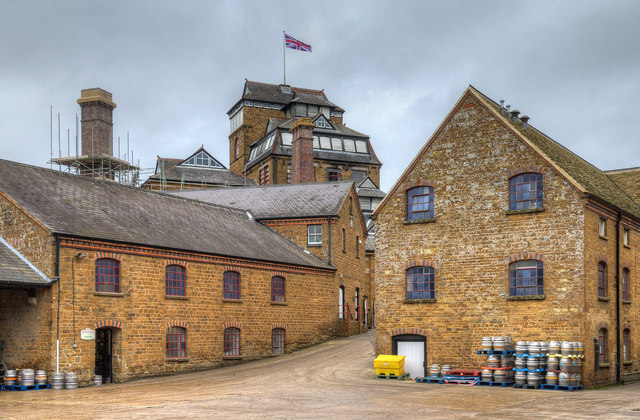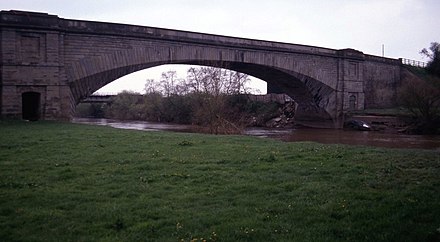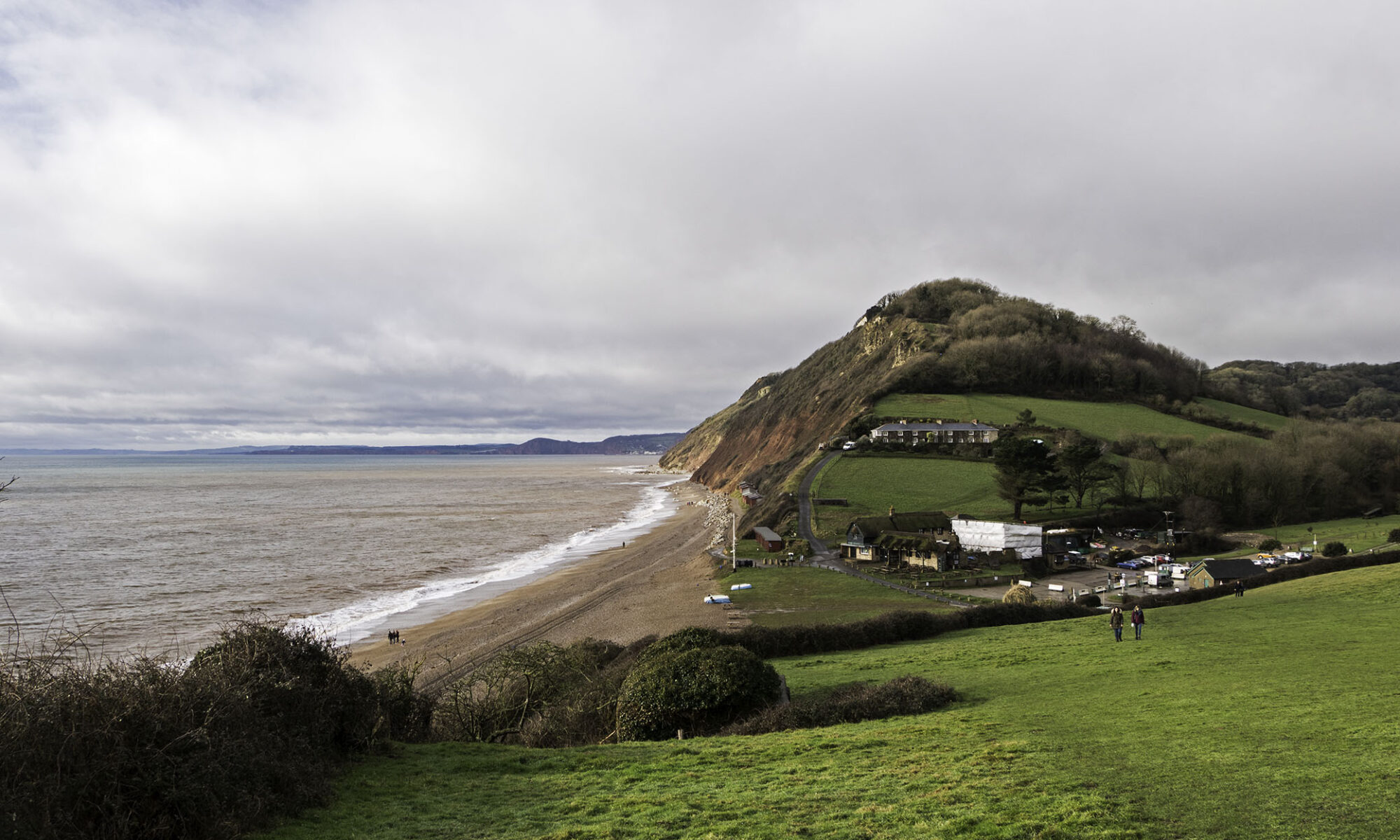Studland Bay in Dorset is situated within the Purbeck Heritage Coast and is a designated Area of Outstanding Natural Beauty. It is rich in history, wildlife and outdoor activities.
One of the main attractions of Studland Bay is its beautiful beaches. The bay has four miles of golden sands and clear, shallow waters,. The main beach, known as South Beach, is the largest and most popular, with a range of facilities including toilets, showers, and a café. There are also several smaller beaches along the bay, including Knoll Beach, one of Britain’s best-known naturist beaches with 900m (just over half a mile) set aside for nude bathing. The naturist beach is clearly signposted, to prevent accidental encounters with those who may be offended by public nudity. Those who wish to avoid this area are advised to use the Heather Trail, which bypasses this stretch of beach.
Another highlight of Studland Bay is its rich wildlife. The bay is home to a range of animals and birds, including seals, porpoises, and dolphins, which can often be spotted swimming in the waters. The surrounding heathland and sand dunes are also home to a variety of species, including the rare heath tiger beetle and the Dartford warbler. The area is also popular with birdwatchers, with several species of seabirds, including guillemots, razorbills, and kittiwakes, nesting on the cliffs. It is the only place in Britain where all six native species of reptile can be seen.
Studland Bay also offers a range of activities for visitors to enjoy. The South West Coast Path runs along the coast, offering beautiful walks and breathtaking views. There are also several cycle routes through the area, including the Studland to Swanage cycleway, which takes in the picturesque villages of Studland and Corfe Castle. For water sports enthusiasts, there are several companies offering windsurfing, kitesurfing, and paddleboarding lessons and equipment hire.
One of the best ways to experience Studland Bay is by taking a boat trip from the nearby town of Swanage. These trips offer the chance to see the bay from a different perspective and to spot some of the wildlife, including seals and dolphins. There are also several boat trips that take visitors out to Old Harry Rocks, a series of natural rock stacks located at the eastern end of the bay, which offer views across Poole Bay to the Isle of Wight.
Studland Bay also has a rich history, with evidence of human activity dating back to the Iron Age. The area was also used by the Romans, and there are several ancient burial mounds, or barrows, in the surrounding area. The village of Studland itself is home to several historic buildings, including the 12th-century St Nicholas Church and the 17th-century Studland House. Operation Smash, a full-scale rehearsal for the Allied occupation of Europe, took place at Studland Bay in April 1944. some of the concrete anti-tank defences known as Dragon’s Teeth can still be seen at the bay.
Studland Bay was donated to the National Trust in 1981 by its previous owners, the aristocratic Bankes family. It is located at the end of the B3351 from Corfe Castle via Swanage, It can also be reached by ferry from Sandbanks, Poole; and by Wilts and Dorset bus number 50 from Bournemouth to Poole. The nearest railway station is Swanage, on the heritage Swanage Railway, which runs from Wareham on the South Western main line. But that’s a subject for another article.





